“The power and prestige of a foreign culture seem as if they would overwhelm and transform Japan, but always there is a hard, non-absorbent core of individual character, which resists and in its turn works upon the invading influence.”
—G.B Sansom
JAPAN : WEEK IV
FROM SAPPORO TO TOKYO
When I am writing these lines, the Shinkansen isn’t going all the way from Sapporo to Tokyo. Accordingly, it takes approximately 6 hours to reach the capital. 3h30 to go to Hakodate, then 2h30 to get to Tokyo. An uneven repartition of time, given the huge gap in the distances Sapporo/Hakodate and Hakodate/Sapporo. But do not fret, as always, the magnificent landscape will compensate the time spent in the train.
That said, every good thing must eventually come to an end. From the beginning, Tokyo was planned to be the very last city of this seven months journey. A thrilling exit point to an adventure I’d always have great memories of. A path in my life I’ll never regret taking. There will always be a before and an after. But a whole article will be dedicated to the that mater in the weeks to come. For now, let us focus on the beating heart of Japan : let us dive in the buzzing capital, where millions of people are shifting from one end to the other every day.
TOKYO
LOVE AT FIRST SIGHT
I will always remember the first time I got out of Tokyo train station. The experience left a permanent memory carved in the bottom of my mind, like the first time you hop on a bike. It was a sunny day, the temperature was unusually high for December and the sky was as clear as day. The train station, an old two stories building made out of bricks, located amongst a dense urban network of high rise buildings was appearing small within its peers. Once out from the main entrance, the station was opening itself towards the imperial citadel, via a wide avenue planted with magnificent trees. That day, the colours of the autumn leaves were brightened up, thanks to the intense sun beams. A whole new playground opened to me, free for a thorough and intense exploration.
Now, when you’re all settled, the first question you ask yourself is : “where to start ?”. It is one of the biggest city in the world after all. Tokyo isn’t only vast, but very diversified too. From the busy district of Shinjuku to the peaceful Hama-Rikyū garden, you can spend very different kinds of days, according to your wishes. So, as often, the best deal is to cook a plan. A little bit of research, a little bit of recommendations, and voilà, the route for the next few days baked itself almost naturally. All you have to do is take a metaphorical slice of it.
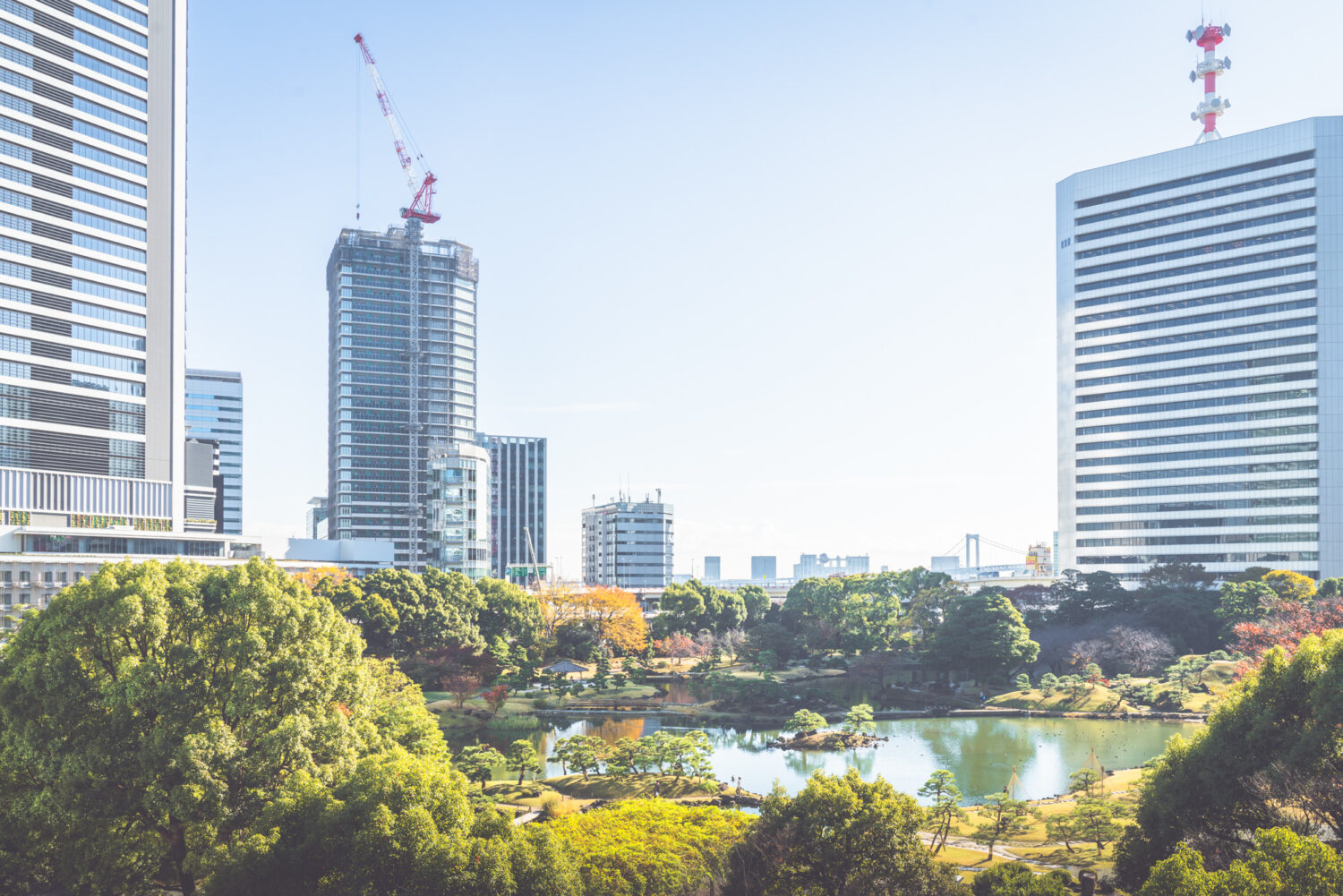
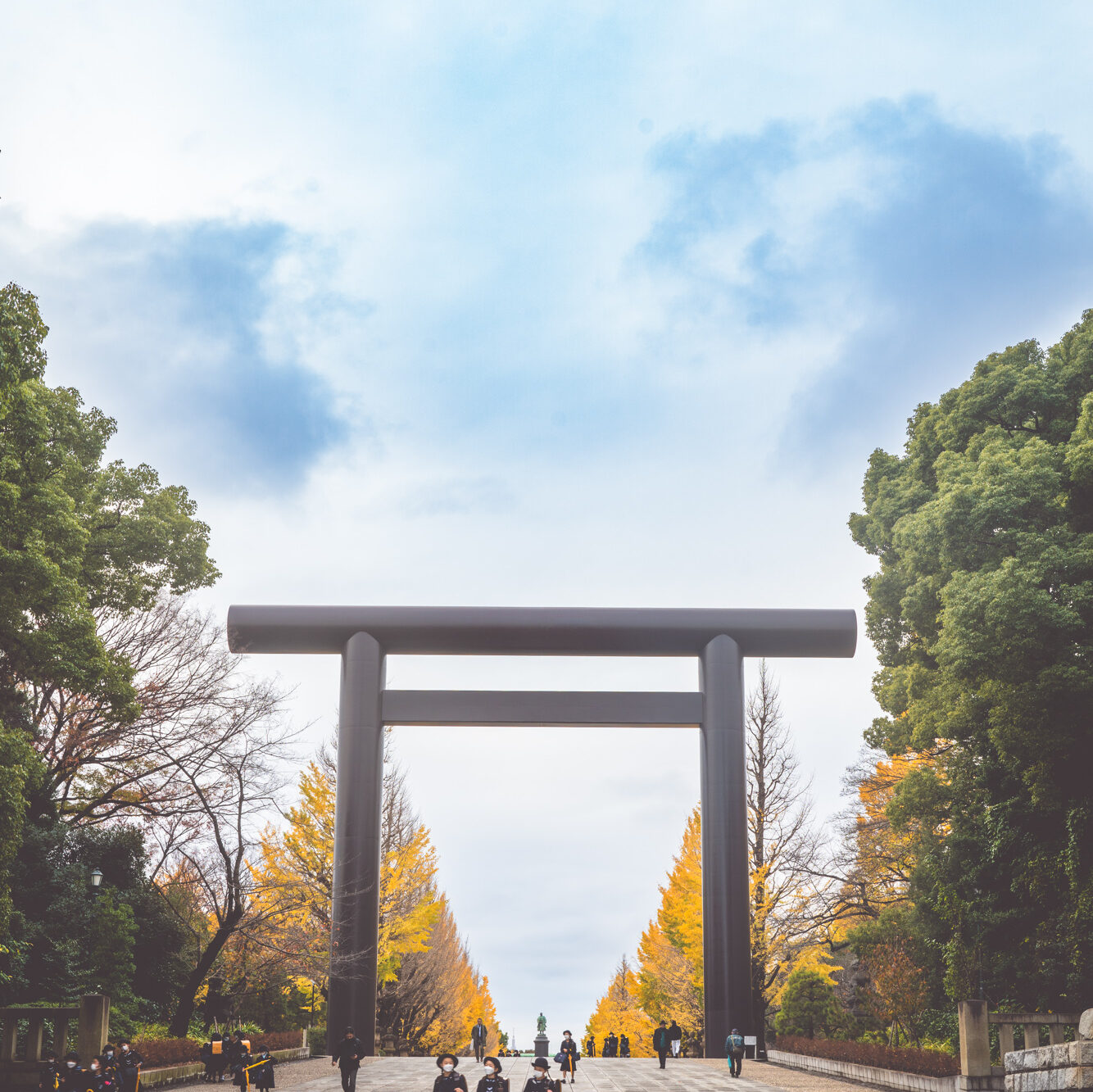
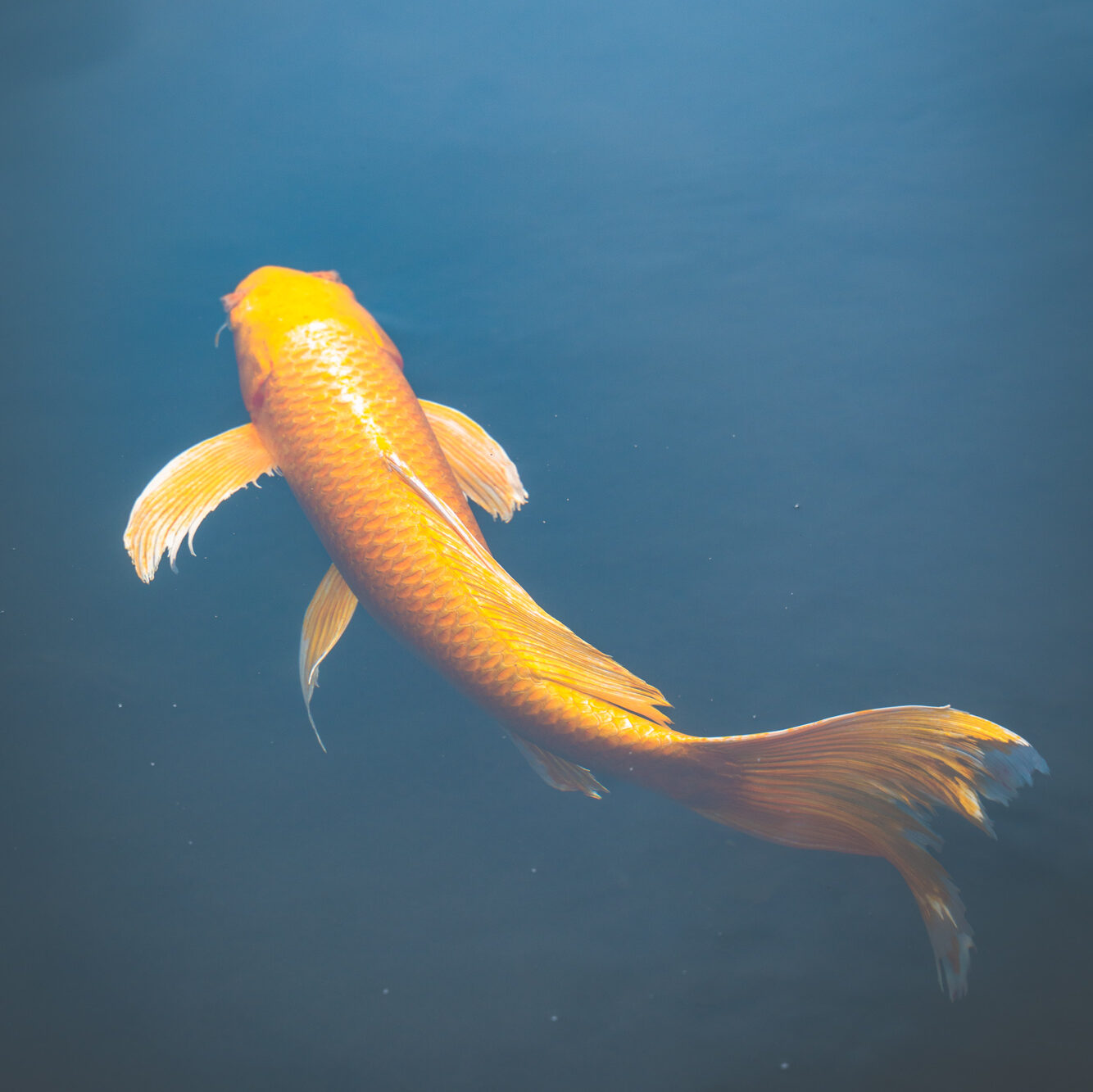
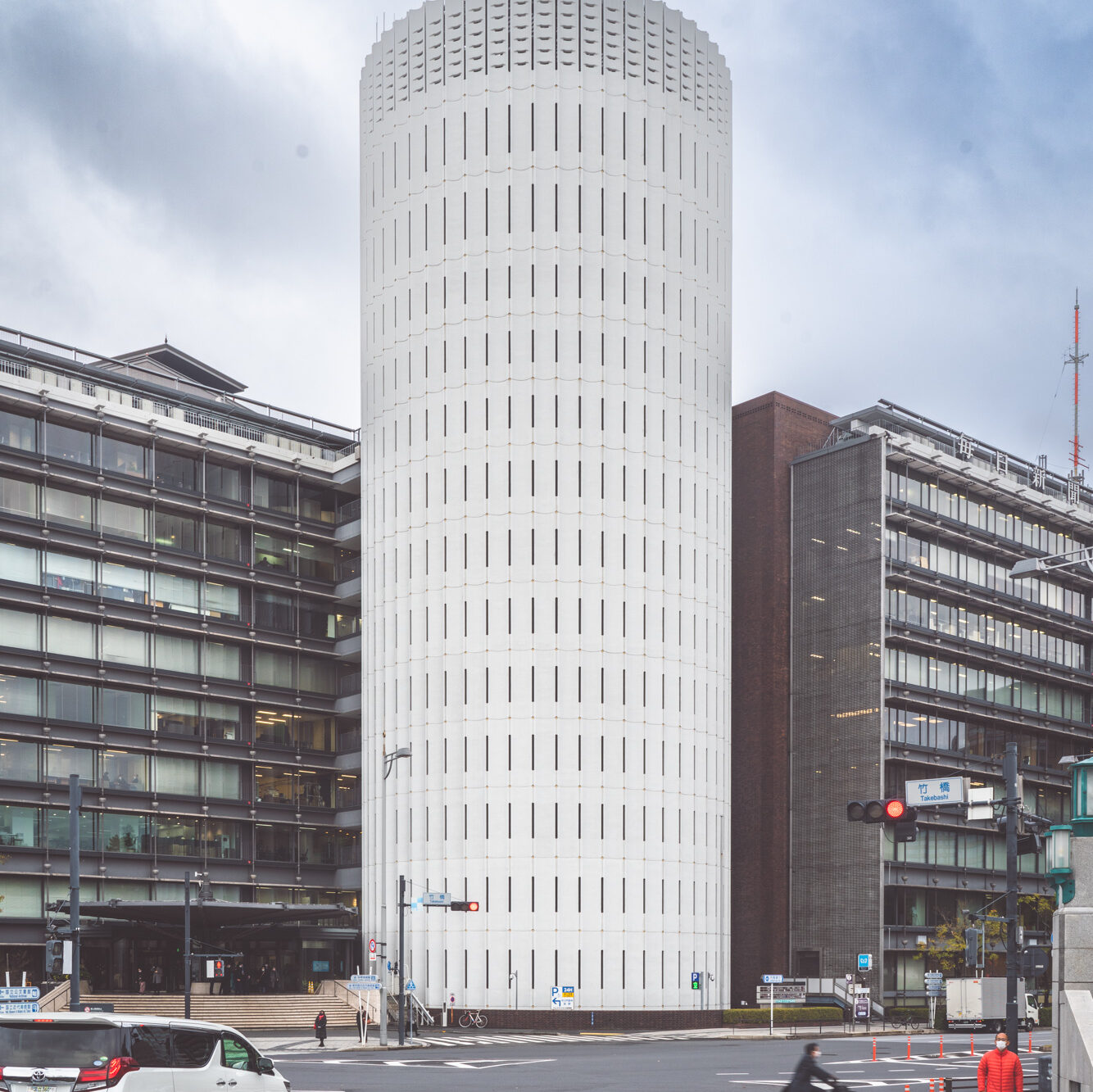
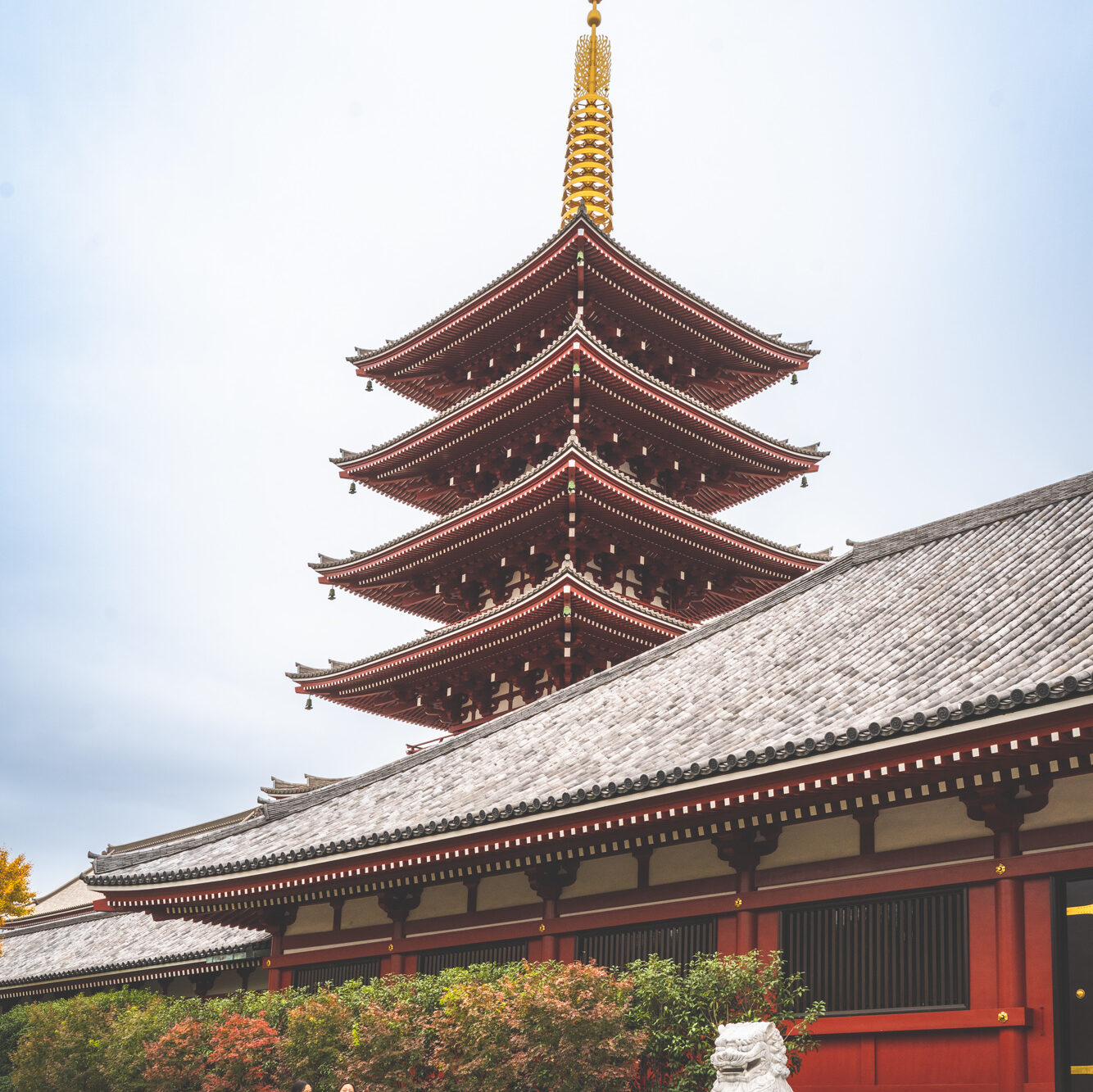
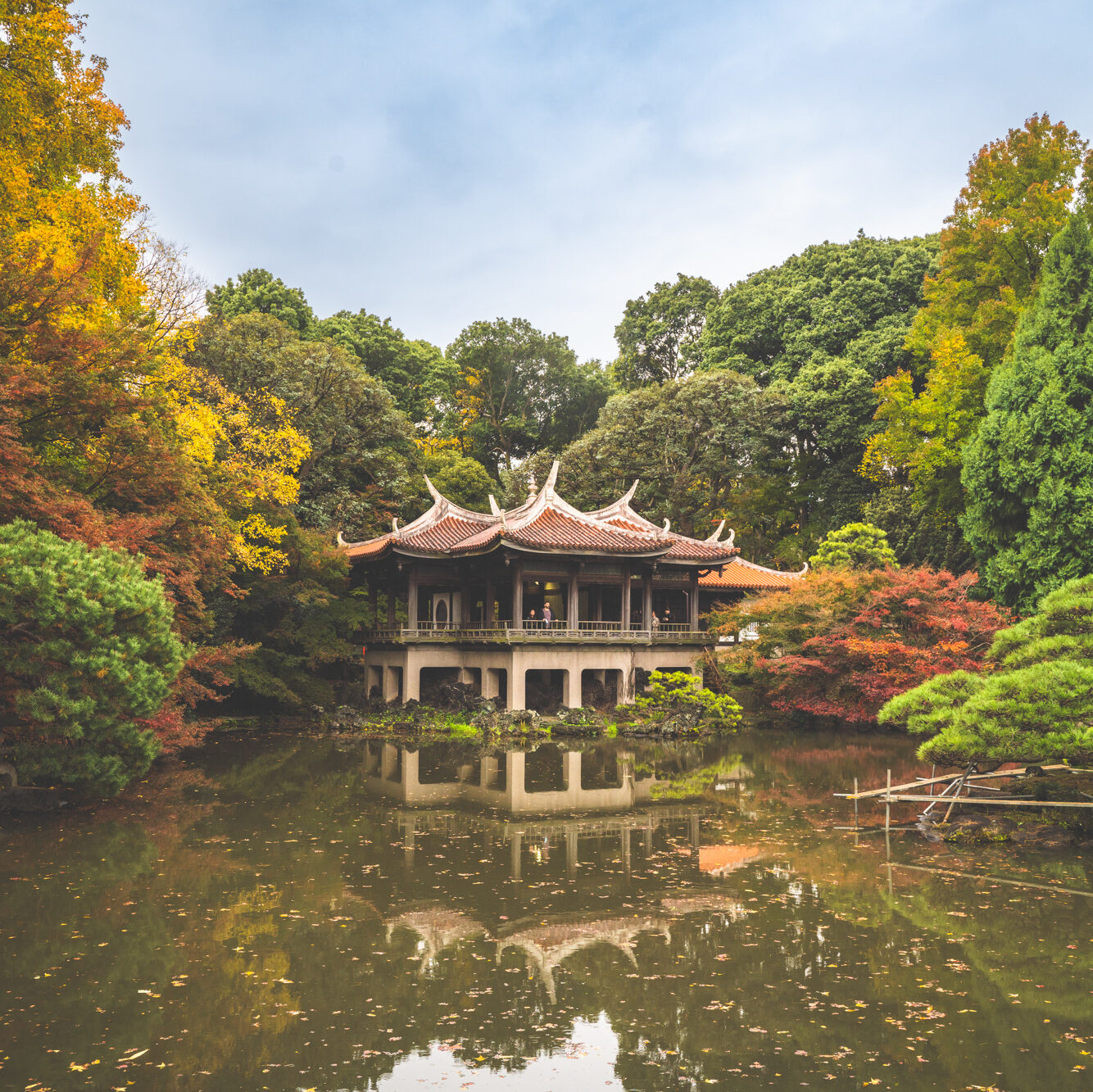
SLICES OF TOKYO
This time, I planned to split the stay in two sets of four days. Meaning, booking two hostels located in two different districts. That way, it is easier and more enjoyable to explore the impregnable Japanese megapolis. Accordingly, I stayed in Shinjuku the four first days, then I moved to a capsule hotel in Chiyoda.
On this week article, we won’t explore the city day by day, like we did last time. Mainly because it’s too much to handle in one go and too dense to read. So, we will talk about districts rather than days. Focusing on Tokyo most iconic venues for a first timer. But also seeking for uncut architecture gems and Tokyoit oddities, because the city is full of surprises, waiting to be found. Ready ? Go.
SHINJUKU : ELECTRIFYING & ADDICTIVE
Shinjuku is one of of the most vibrant district in Tokyo. A maelstrom of people, shops and restaurants all colliding together in one place. Creating a non stop motion pouring within the streets. The great thing with Shinjuku is the diversity of spaces you’ll find nearby. Next to the station, the Gyoen National Garden is one of the most beautiful and widest Japanese garden in Tokyo. In Autumn, even with a bit of rain, the garden are of utmost beauty and they offer incredible views towards the city.
But Shinjuku is also and mainly a fast paced neighborhood, with an incredibly animated nightlife. One of the most popular places being Golden Gai, famous for its narrow street pattern. This sub-district is the perfect place to hangout. At night, the smallest bars and restaurant in Tokyo light up their open signs, for people to share good quality ramen and cheap beers. Although Golden Gai used to be a place known for prostitution back in the 60s, it was turned into a nightlife venue, when the later became illegal in Japan.
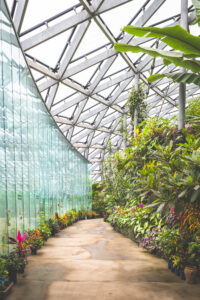
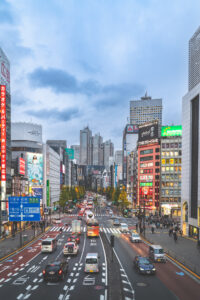
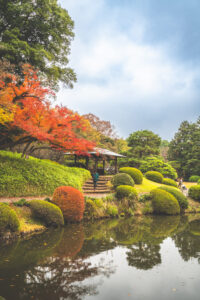
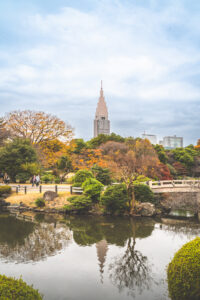
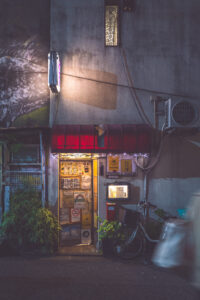
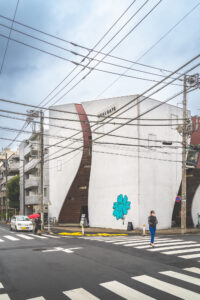
SHIBUYA : SHINJUKU’S TWIN SISTER
Not so far from Gyoen National garden is located one of the biggest shrine in Tokyo : Meiji-Jingū (picture below). If not in the entire country. The holy place is dedicated to the spirits of the Meiji imperial couple. They have both been enshrined in 1920s for a life of service towards the Japanese nation. The shrine is surrounded by the eternal forest, a man made forest that was so well designed that nowadays, it is impossible to tell the difference between what’s artificial and what’s natural. Before reaching the shrine, the long promenade in the woods helps disconnecting with the tumults of the city life.
“All people, regardless of their respective status in society, shall unite their hearts and minds, and vigorously carry out the affairs of state.” Charter Oath
Some time after the walk, you reach a peace haven. The Meiji are extremely well respected as they were the first emperors setting up a new pace to modernise Japan. Before the so called Meiji restoration in 1868, Japan was a feudal country ruled by a handful of Shoguns. Meaning that in a couple of decades, Japan went from completely closed and underdeveloped, to ultra modern and widely open to the rest of the world.
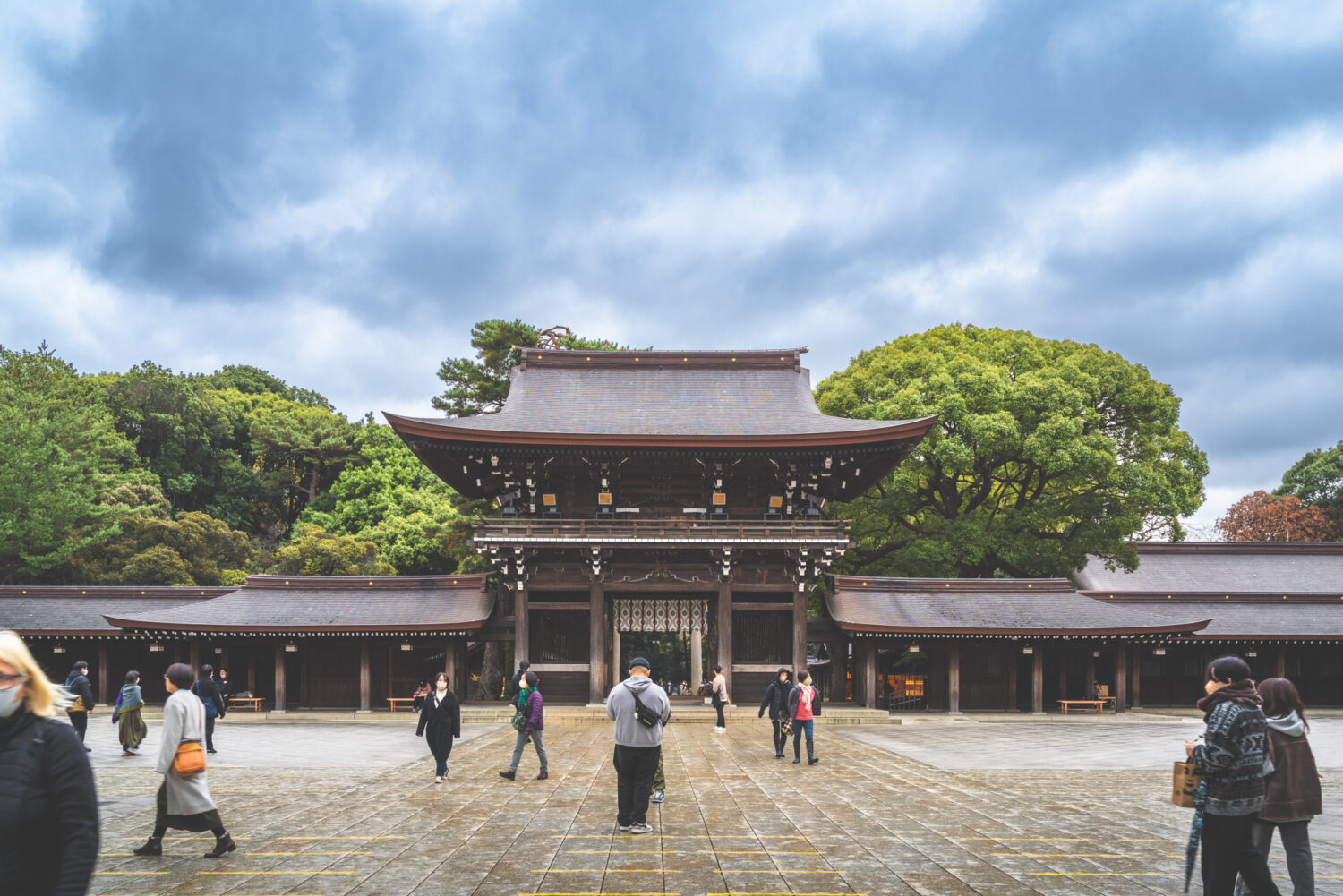
In opposition to the absolute tranquility of the Shrine, Shibuya is a very animated district. Have you ever see that famous crosswalk, where hundred of people are crossing at the same time in every directions ? Well, the place is literally called the “Shibuya crossing”. If you want to observe the dazzling life over the district, you can take a coffee in the buildings nearby. A perfect place to get a glimpse of the agitated life, carried out by Tokyo’s inhabitants.
MINATO CITY : A HIGH-END FASHION HOTSPOT
Minato city is located on the southern parts of Tokyo. The sub-city is widely known to be an attractive place for wealthy people. On the east side, you’ll find many buildings hosting high end fashion brands, designed by renowned architects like Herzog & De Meuron, Kengo Kuma or Tadao Ando. But the place is also a fresh district for museums. Amongst many others, the Nezu museum, the national art center and the 21_Design sight stand out for their splendid collections and unique architecture designs.
Located in Hinokicho park, the 21_design sight is a must for any art and architecture enthusiasts, designed by Tadao Ando and commissioned by Issey Myake, the place is really worth going to. when I was there they had an amazing exhibition about Christo & Jeanne-Claude. Depicting their work globally, and then all the coordination behind the design and engineering needed to wrap up the Arc de Triomphe. A truly outstanding exhibition with multiple medias such as photography, paintings, videos and even samples of the metallic frame supporting the fabric, or the fabric itself.
In Minato there is also one of the most iconic building in the city : the Tokyo tower. A red and white Eiffel-Tower-like structure, dominating the beautiful Zojo-Ji temple. Both are accessible by foot and it is possible to climb up the tower, even though it is more interesting to have views on it, rather than views from it (From the Mori tower from instance).
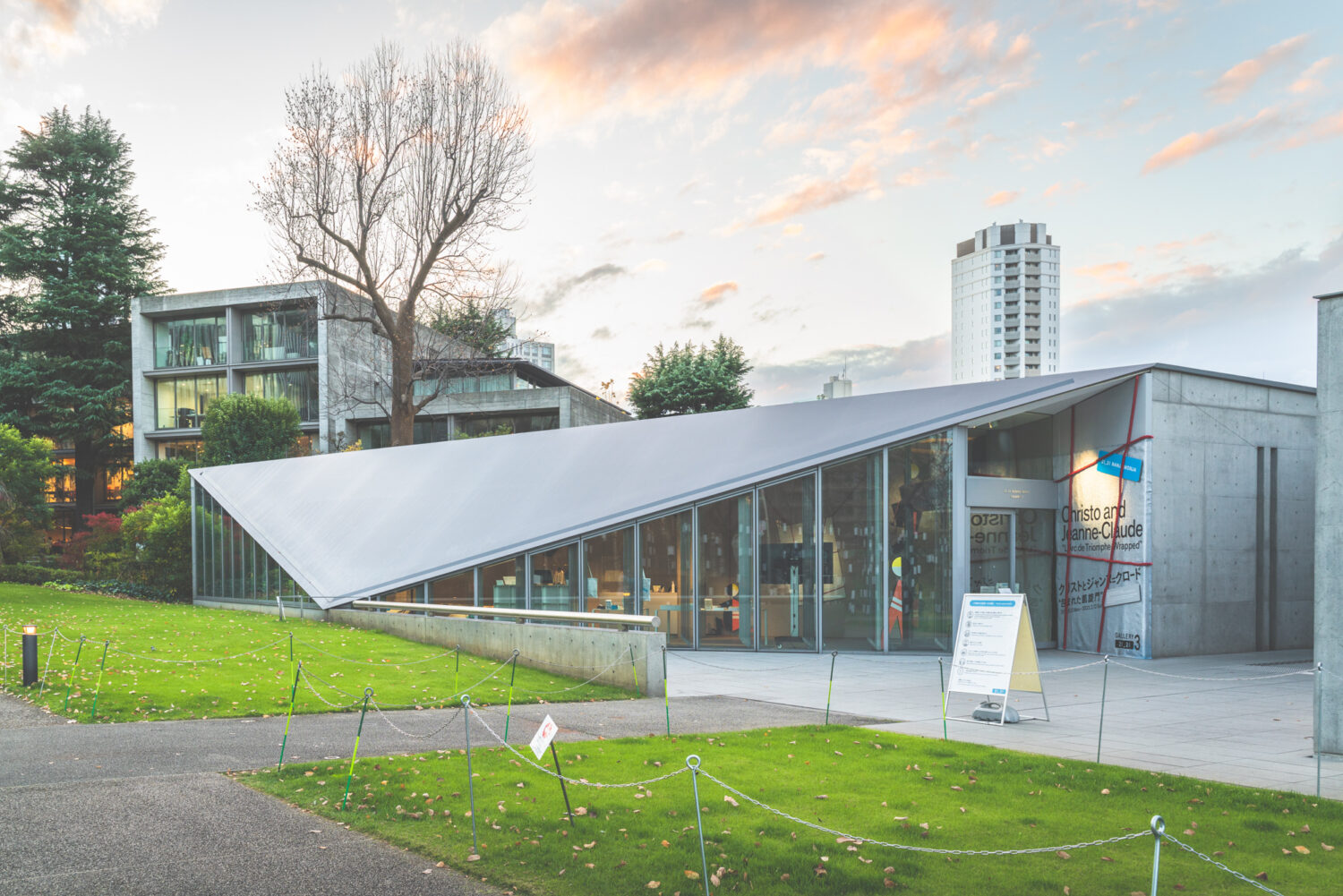
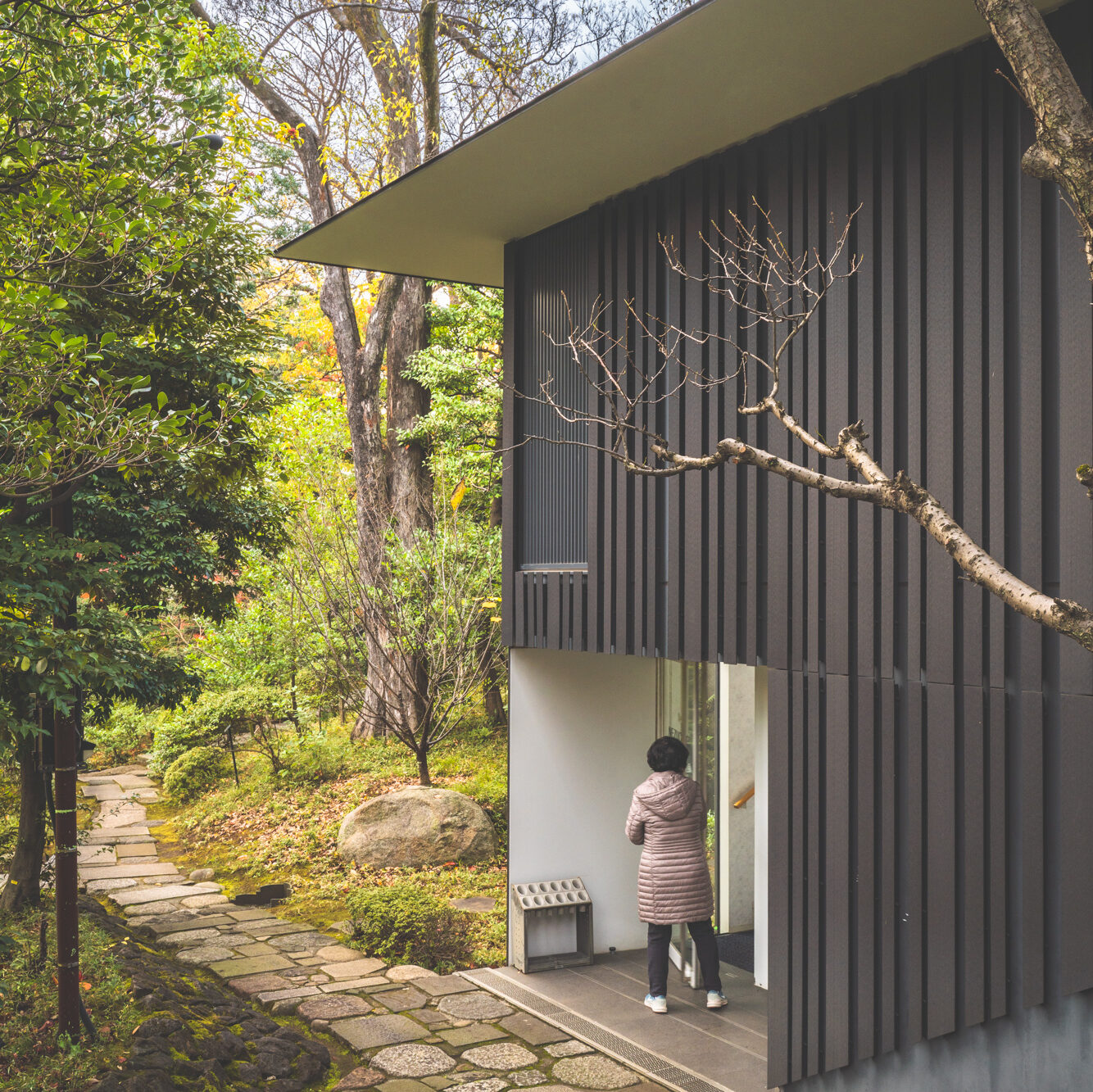
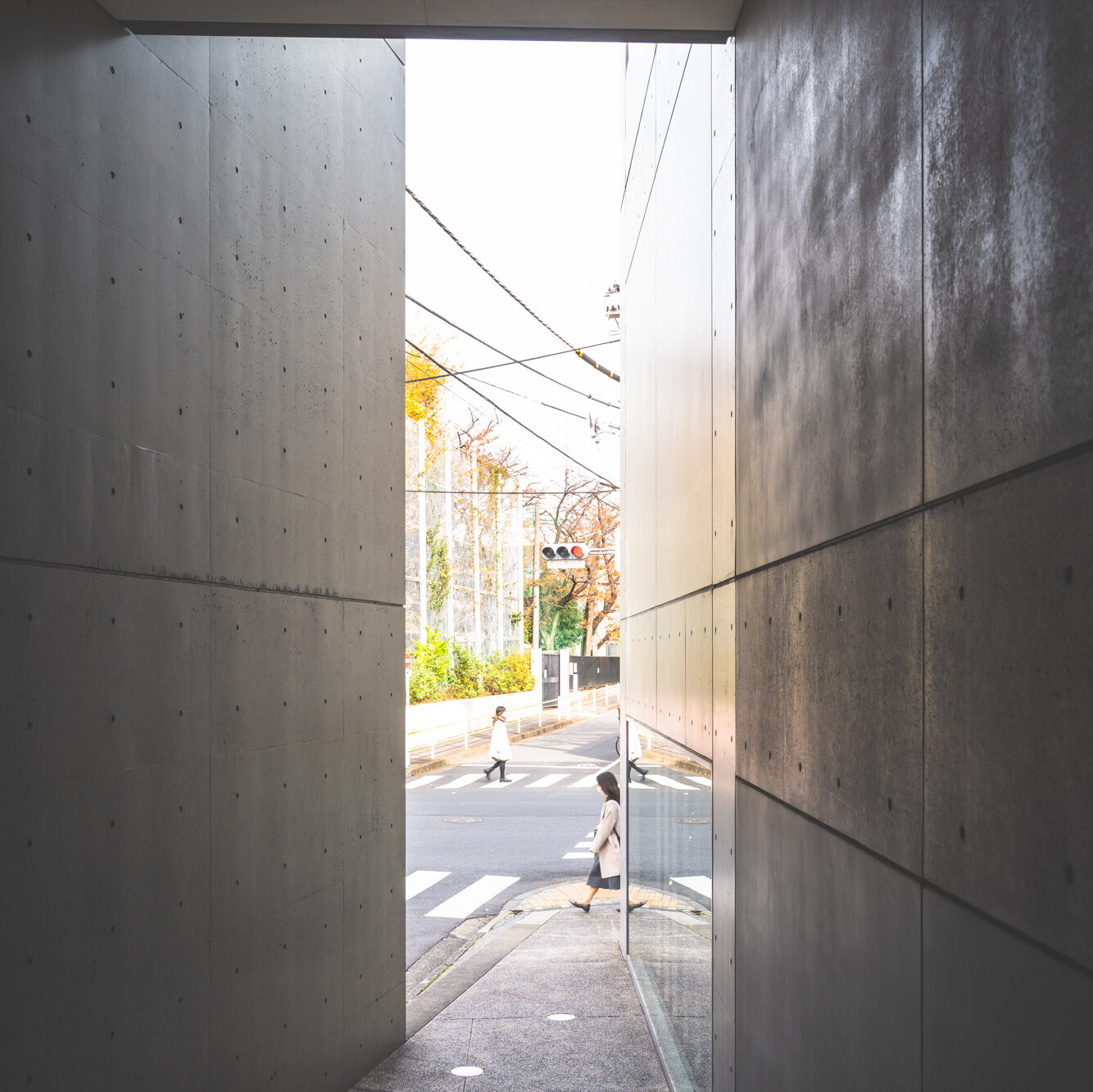
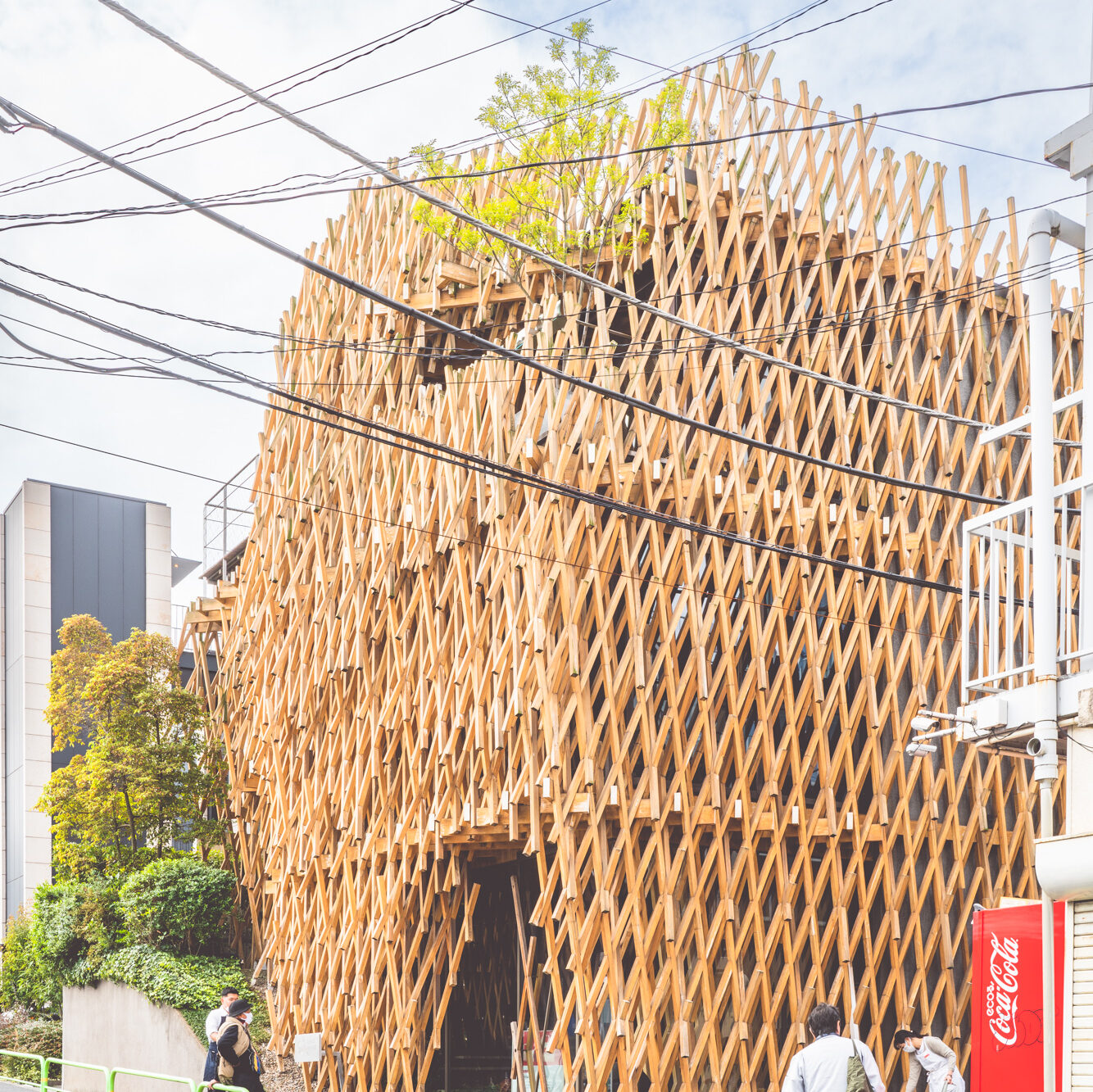
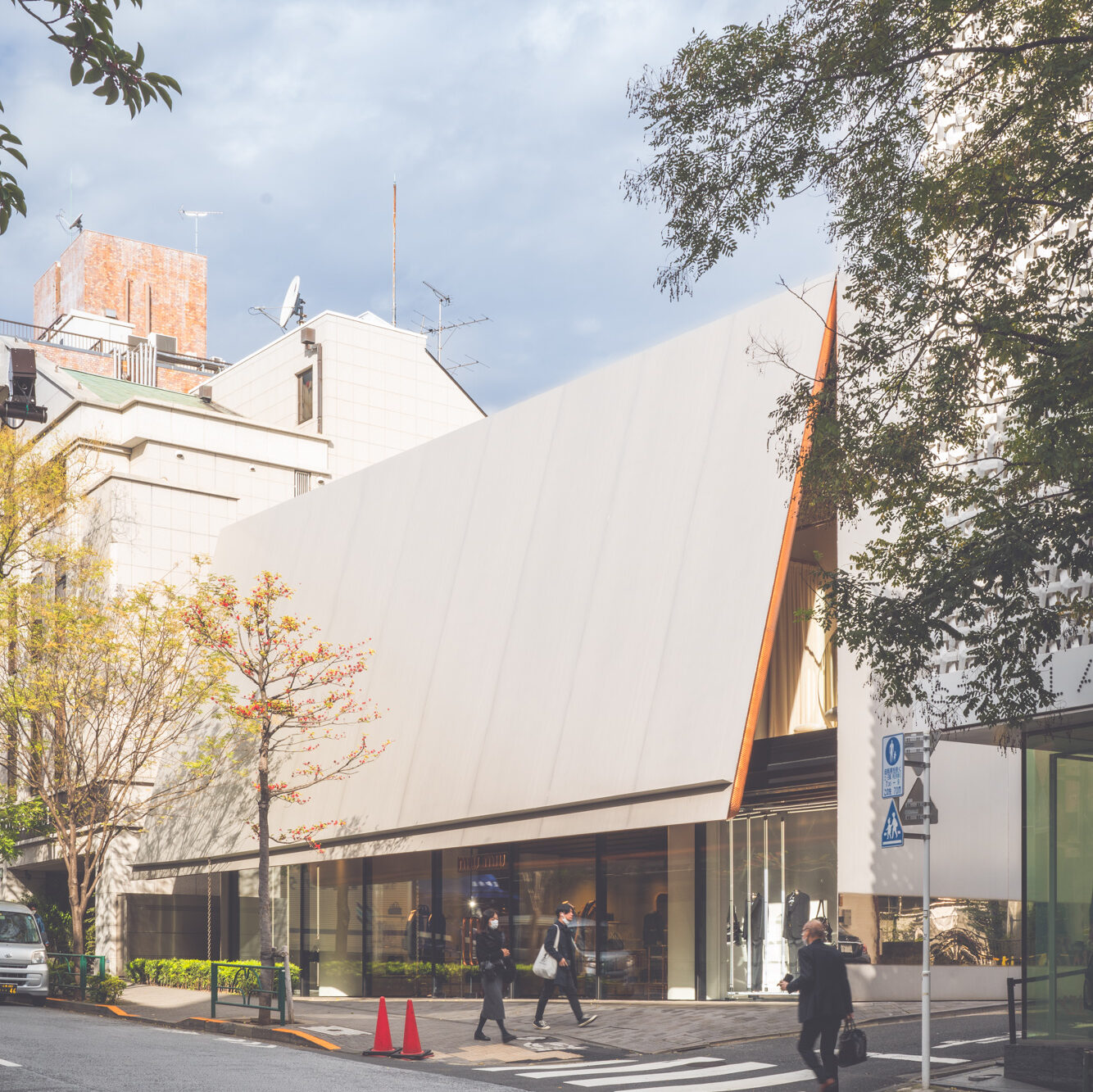
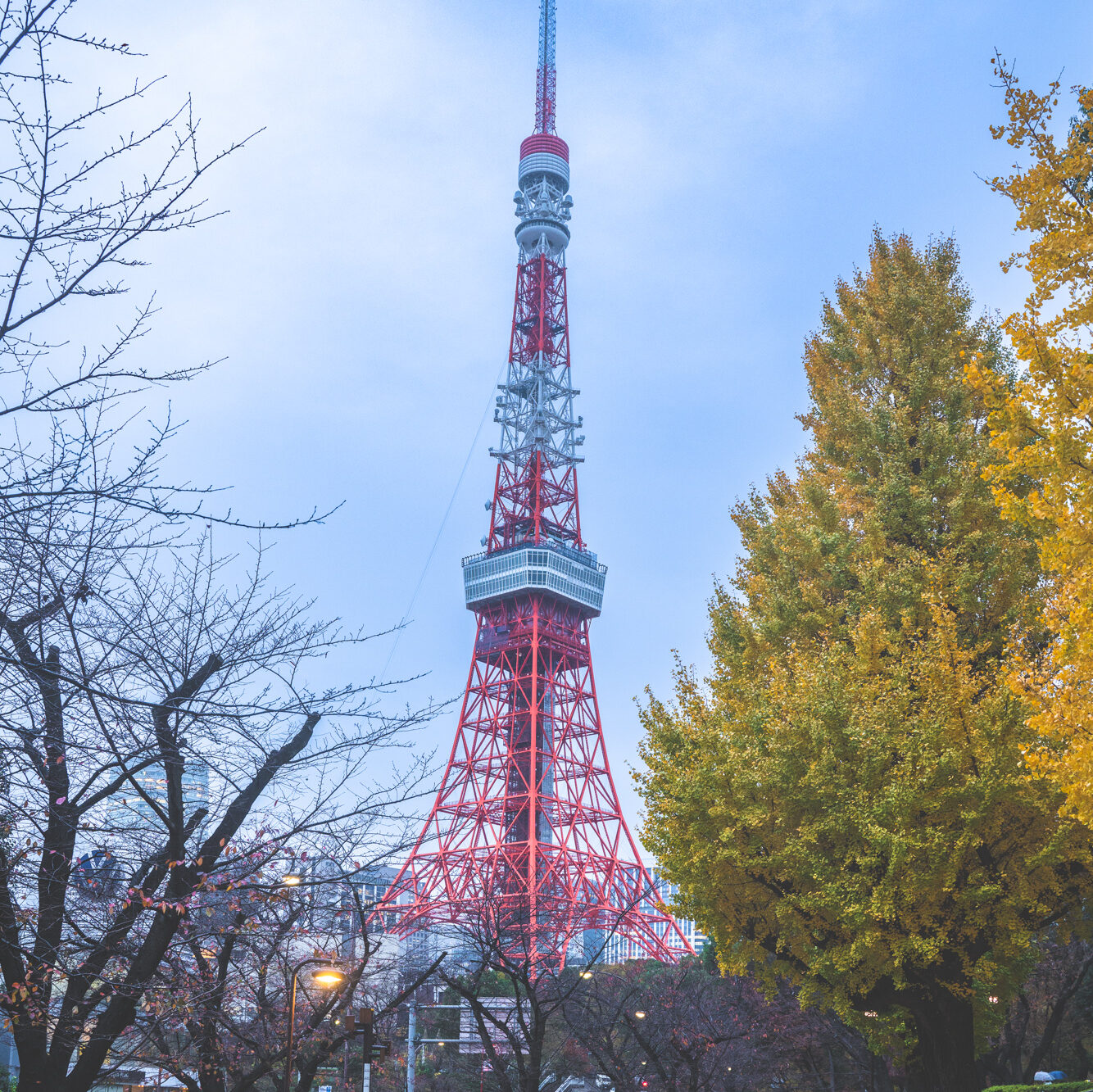
CHUO CITY & GINZA : A WORLD FAMOUS DISTRICT
Chuo city is stuck behind the train station and the Sumida river. On this district I mainly focused on Ginza and the Hamarikyu gardens. In Ginza, you’ll find all the classic international franchises you’ll find absolutely everything else. Nevertheless, the dazzling streets will carry you to the famous Tsukijijogai market, where you can try all kind of fresh seafood. If you’re not into sea creatures, you can head straight to a ramen bar such as Ippudo, where the food is delicious and really affordable.
Not so far from the market, the Hamarikyu gardens are once again a beautiful piece of traditional Japanese garden. But this time, there is a sumptuous “Nakajima-no-ochaya“ tea house located in the middle of the biggest pond. Inside, you can order freshly brewed tea, while enjoying the unique panoramic views towards the garden. What’s best than observing cranes, falcons, ducks and koi carps trying to reach for food while slowly sipping your tea ? Plus the teahouse is very quiet, the tenant is an adorable Japanese woman and the place isn’t crowded at all.
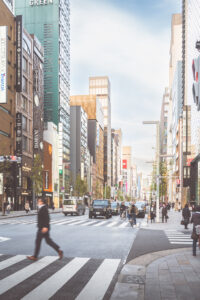
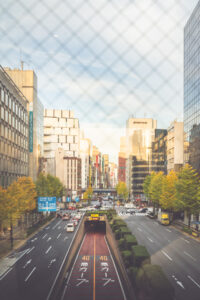
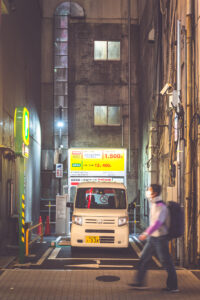
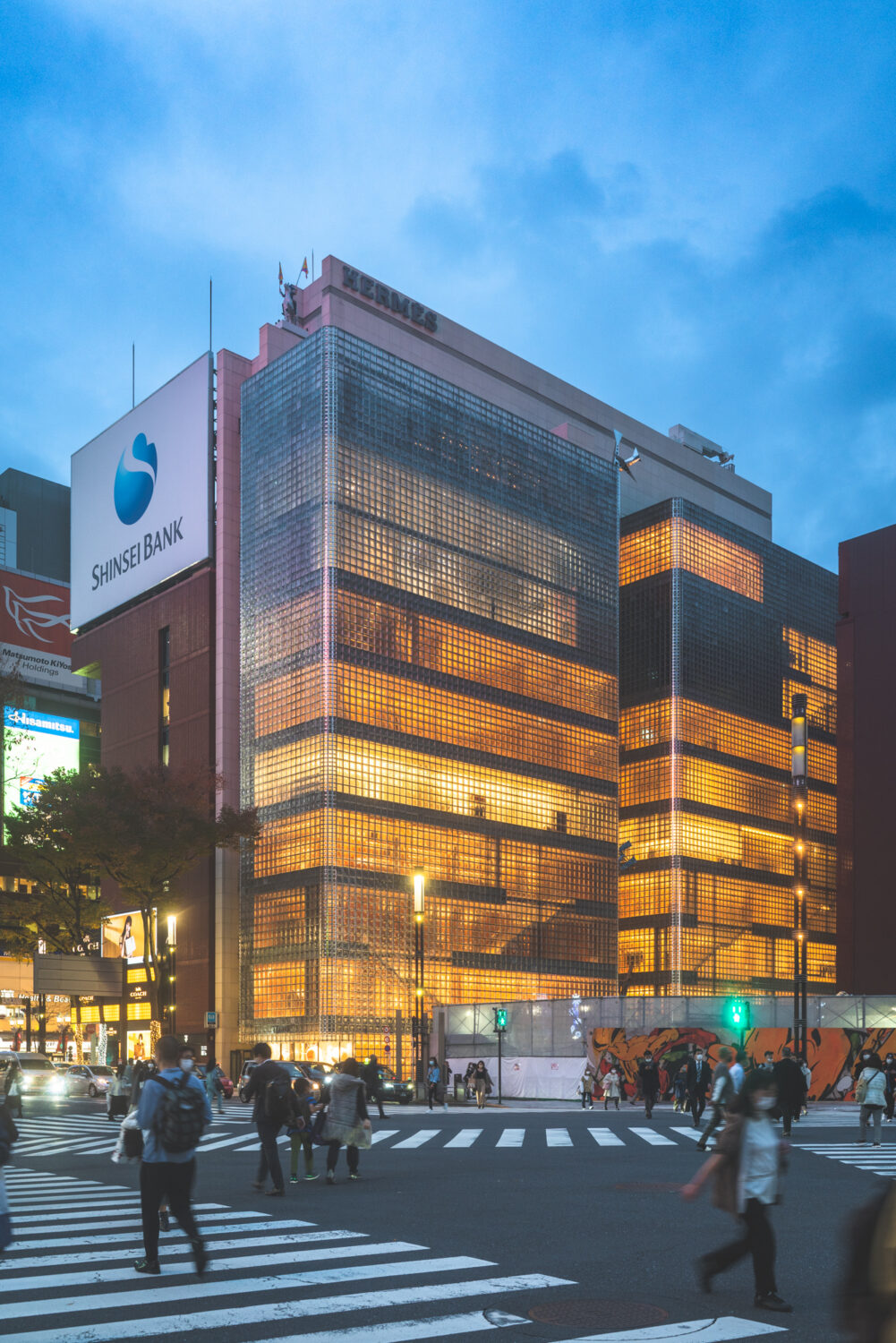
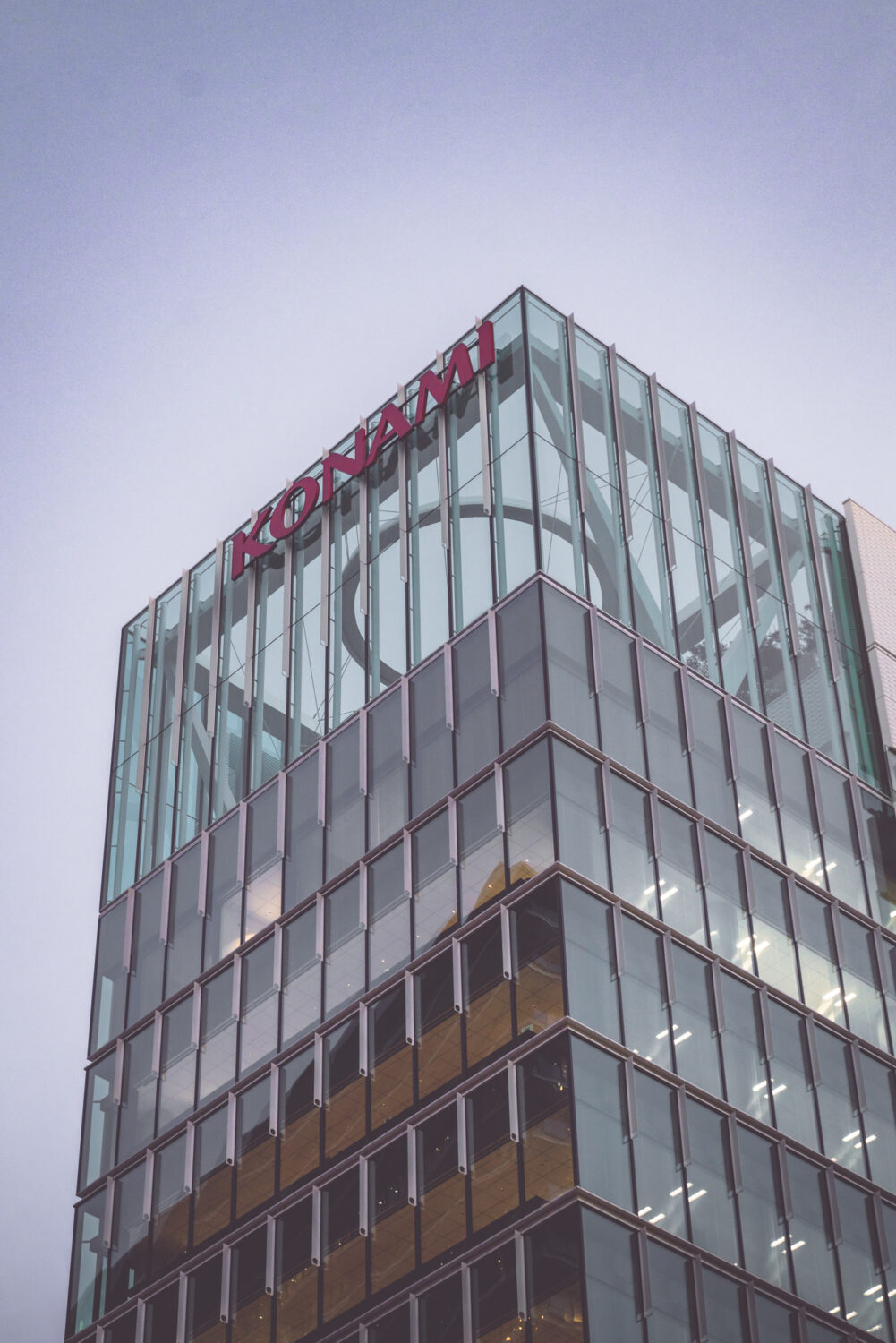
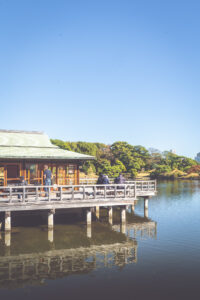
CHIYODA CITY : THE HISTORICAL HEART
Chiyoda city is where I had my second hostel. This time, I wanted to try out a capsule hostel. Consequently, I booked four nights at Nine Hours Otemachi. It was actually clean and very comfy. In these places, many people come for only one night as the price/confort ratio is extremely competitive. Really nearby, I also found a traditional Japanese restaurant called Kanoya Athlete, where you could eat very well prepared dishes for about 7$. Which is kind of crazy, knowing that the restaurant is located in the very heart of the capital. In Japan in general, if you dare to seek a little, you’ll find those places with incredible good standards for budget travellers.
In the same district, the oldest parts of Tokyo such as the Imperial palace, remains accessible by foot. Even though there’s noting much left from the actual old city centre, the citadel is very well maintained. As a matter of fact, it is still used by the Imperial family to this day.
Have you ever dreamt of freely walking in an imperial citadel, taking yourself for a feudal Emperor, going wherever you please, anytime you want ? Yes ? Well, this will never happen, because Tokyo imperial palace isn’t the place to do so. Being so, the palace cannot be freely visited like the one in Kyoto, you’ll have to book an appointment to get a guided tour inside the heavily guarded walls of the former stronghold. Which, I didn’t know before, so all I actually did was strolling around the place. Although, around the moats, there are the Ninomaru garden, which are freely accessible, all time of the day.
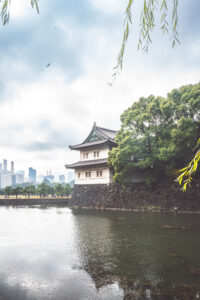
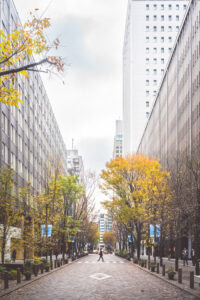
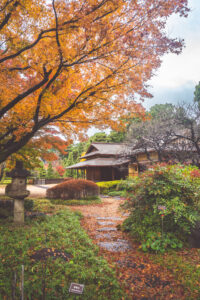
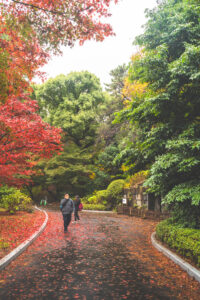

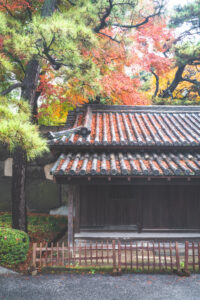
TAITO CITY : AMONGST TRADITIONS
If there’s one place I really felt small town vibes within the megapolis it is around the sub-district of Nezu, right at the edge of Taito. The small streets leading to Ueno park, really reminded me of Kyoto back alleys, with numerous small shops and family buisnesses. The feeling while strolling down those streets punctuated with parks and open public spaces is truly refreshing. So, if you are into Japanese culture, (but truely, who isn’t ?) you can head straight around Ueno park, eyes closed. There are plenty of museums centred on history and traditional art around and inside the park. My pick was the National Museum, as it depicts a huge chunk of internal and foreign art that influenced Japan for centuries.
But Taito city is also the place where one of the most famous worshipping place is standing : the Asakusa sanctuary. A very busy, yet narrow street where hundreds of stalls are lining up, will lead you to the main temple. I strongly recommend taking it, as it is almost a first procession before enjoying the sacred place and its surroundings.
If you cross the Sumida river bridge and walk a little beyond, you’ll find yourself heading towards the Skytree. One of the highest observation tower in the world. Although, I didn’t climb on top of it, I did go there to buy some goodies in the official Ghibli store. At the very bottom, they have one of these huge aseptic commercial galleries, where you can easily find whatever you want, from sake to hipsterish Japanese clothes.
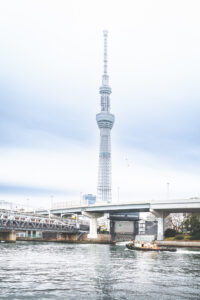
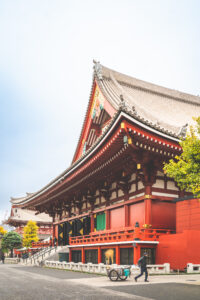
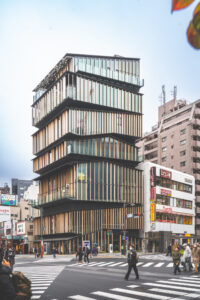
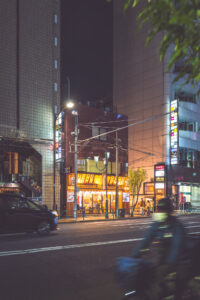
MOUNT FUJI : A BREATHTAKING EXPERIENCE
From Tokyo it takes approximately 2h to get to Kawagushiko station, one of the most favoured place to contemplate mount Fuji. Kawagushi is a small city which developed at the foot of the volcano, around a beautiful lake. In autumn, the trees surrounding the water plant turn red and offer an outstanding fire tinted panorama.
All the infatuation around the mount Fuji is plainly justified, but to understand it, you have to see the stone giant with your own eyes. The spectacle leaves one speechless. I’ll always remember the train ride from Tokyo to Fuji, when its snow covered head was appearing sparingly from one side to the next, following the train’s sinusoidal course.
No matter how beautiful the surroundings are, from kilometers away, the landscape is dwarfed by the majestic stature of the symmetrical volcano. If you plan to walk around, there are multiple accessible hiking trails all around Fuji. For true adventurers there are also hiking path leading to the summit, but it will take 5 to 10 hours to do so, depending where your starting point is. Meaning you’ll have to plan a full day with transportation, picnic and the like. But if you are like me and just want to walk around, you can enjoy some cafe at troisieme marche, and try delicious sashimis at Shaw’s, half a day will do the trick.
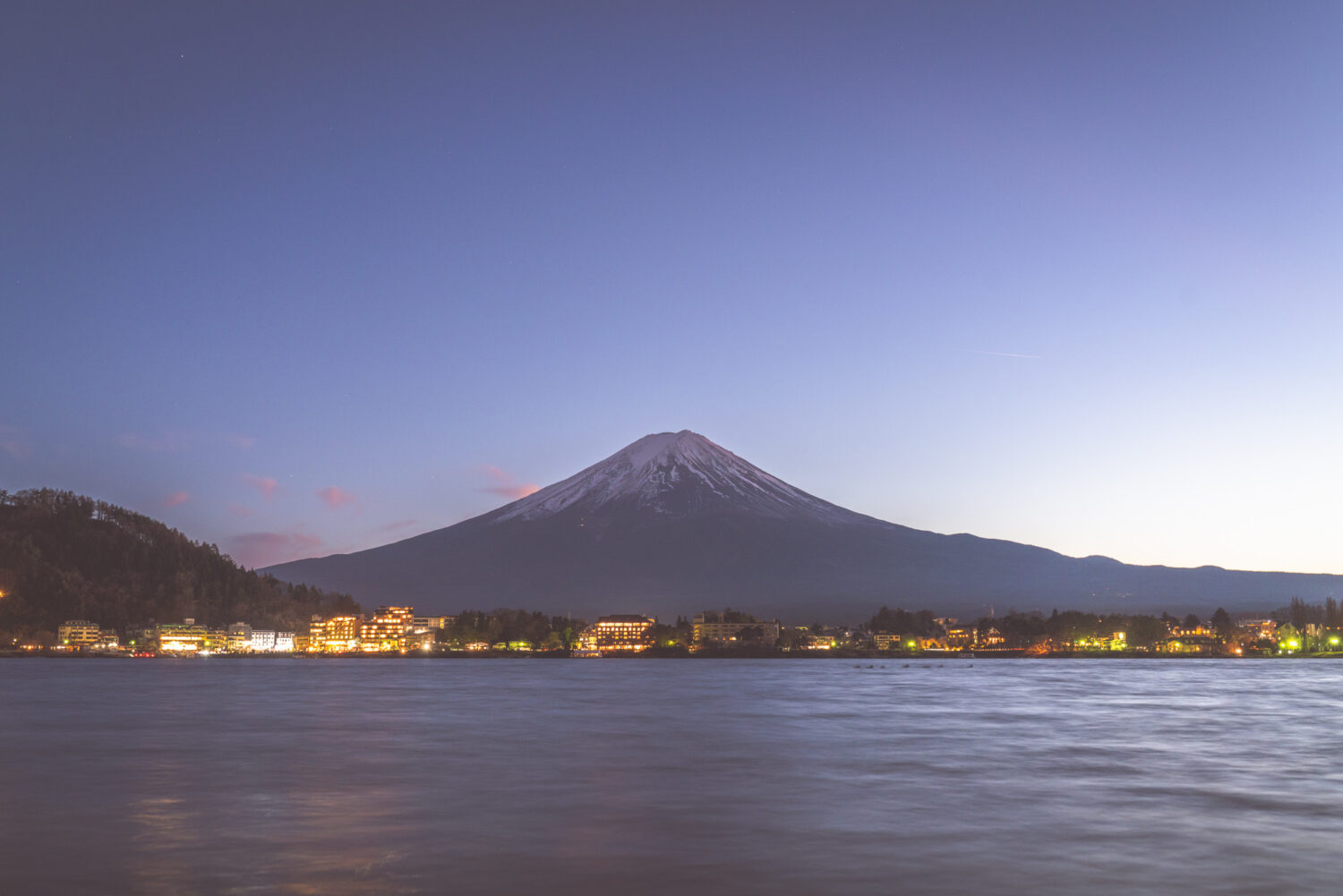
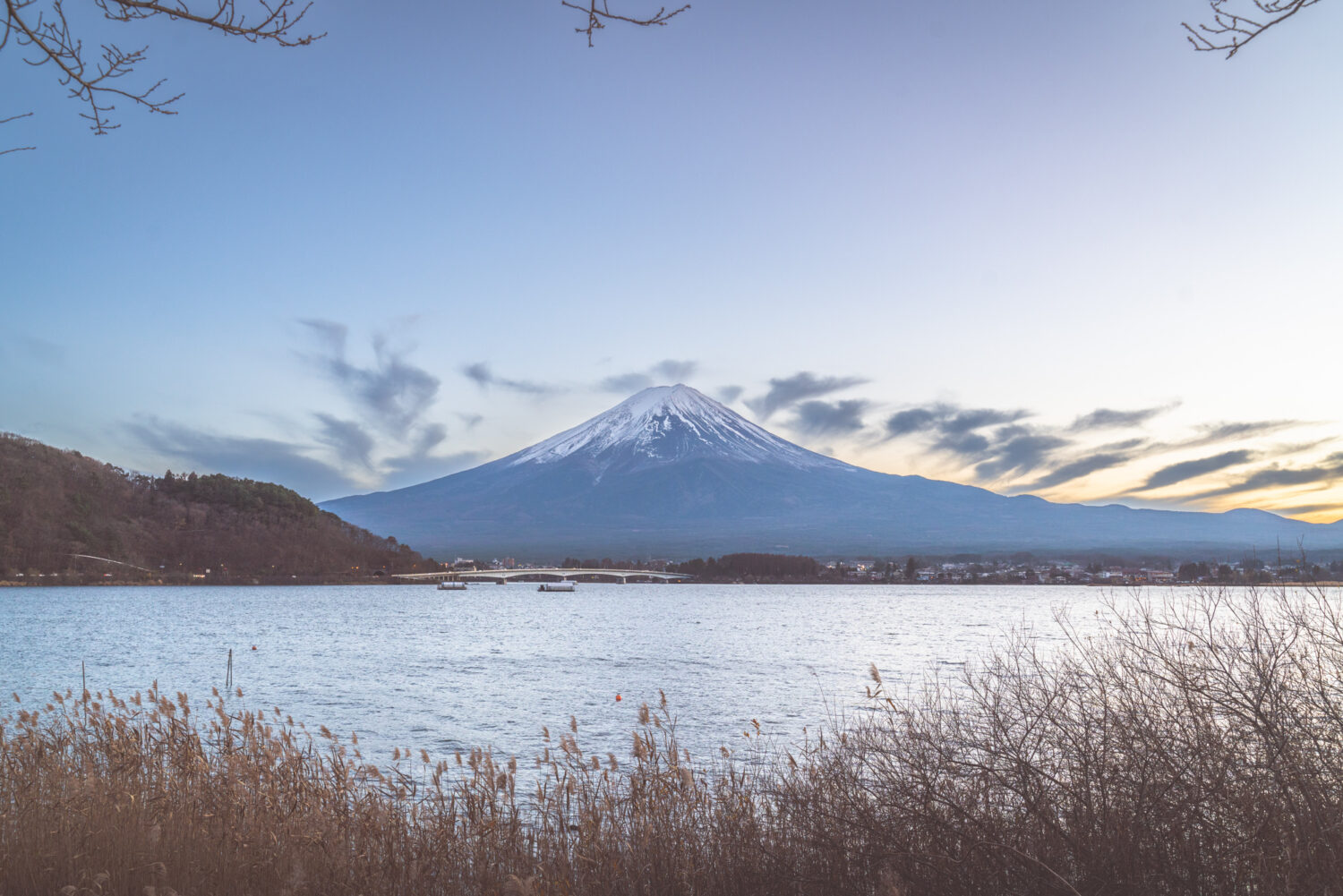
THE SHOW MUST GO ON
I won’t develop a full conclusion on the whole seven month journey right here. There will be a dedicated post in the future, as I have many, many things to share. As for ending the trip in Japan, I loved every bits of it, I think there’s no better place to end such a long journey.
For many people, Japan reflects a cultural idea rooted in traditional beliefs and open to modernity at the same time. What really struck me is how the views we imagine on Japan and its teeming culture are accurate. Amongst the incredibly hectic modern Japanese culture, there are still a palpable quietness and inherent serenity emanating from the country as a whole. There’s no way to put a finger on it, but a strong sensation of deep harmony is definitly out there. I personally don’t think it is the result of the landscape, the fauna, the ancestral traditions or the wabi-sabi philosophy alone, but rather a combinaison of it all. Japan is a unique entity on its own, from which harmony is conveyed by hundreds of tiny things.




Leave a reply